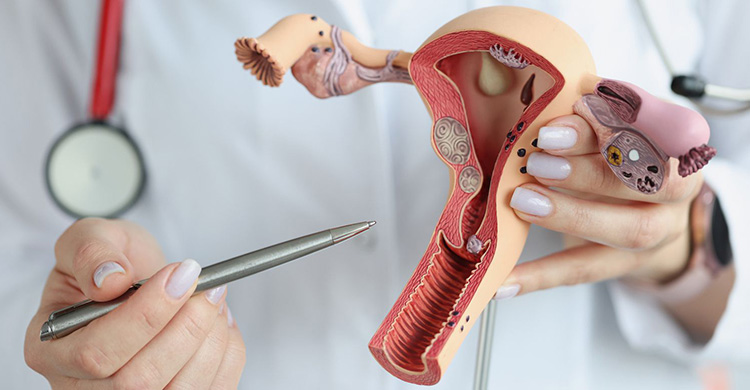
Besides cervical cancer, fibroids and ovarian cysts are common conditions experienced by women. However, unfortunately, many are not aware of the differences between fibroids and cysts. Let’s delve into the 5 things you need to know about fibroids and cysts.
-
Occur After Menarche
Fibroids are benign tumors of the uterus or uterine muscle, while cysts are lumps found in the ovaries. Generally, fibroids and cysts develop when a woman enters menarche or her first menstruation. Their development tends to decrease upon entering menopause.
-
Characteristics of Fibroids
About 75 percent of women have had fibroids, a condition often unnoticed due to the absence of symptoms. It’s important to note that the most common symptoms of fibroids include prolonged and heavy menstruation, frequent urination, inability to hold urine, difficulty with bowel movements, discomfort in the lower abdomen, menstrual pain, pain during intercourse, infertility, and miscarriage.
-
Characteristics of Cysts
In cysts, the symptoms are similar to fibroids, but generally, women with cysts will experience extremely sudden menstrual pain, discomfort in the lower abdomen, abdominal bloating, difficulty eating, and menstrual irregularities.
-
Treatment for Fibroids & Cysts
Fibroids and cysts require different types of treatment and care. In severe cases, fibroids are managed by removing the fibroids or the entire uterus. Whereas with cysts, removal of the cysts can be done, and in severe cases, removal of the ovaries may be necessary depending on the age and size of the cyst.
-
Prevention of Fibroids & Cysts
Maintaining a healthy lifestyle and diet is the easiest way to avoid fibroids and cysts. Additionally, for sexually active women, it is advisable to undergo an examination at least once a year to check for the presence of fibroids and cysts. It is also recommended to undergo ultrasound examinations to assess the condition of the uterus and ovaries. The earlier these two conditions are detected, the higher the chances of recovery.
So, start paying attention to symptoms that occur during menstruation for the prevention of fibroids and cysts. Remember to always discuss your health issues with the right doctor.




